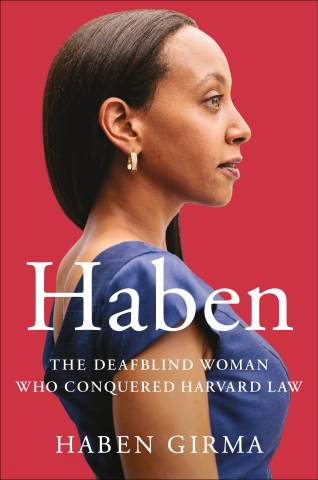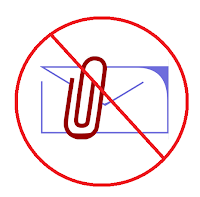
Haben: The Deafblind Woman Who Conquered Harvard Law
Five Star Review!
I was blown by the wisdom, fearlessness, and insights of Haben Girma. After hearing her speak, then meeting her at an Accessibility Expo hosted by the New York City Department of Education, I couldn't wait to read her book.After spending a day devouring this book, my advice as a seasoned educator and administrator to every educator, parent, abled person, and person with (or knows someone with) a disability is this:
Read this book! I've learned more from this one book than any class I took in all my years of education. Since reading it, I have continuously drawn from the important, first-hand advice and insights that will benefit educators and the students and parents they serve.
This book is is eye-opening, enlightening, and incredibly innovative. The way Haben figures out ways to use technology for learning, connecting, and communicating is fascinating and creative. Parents and educators will be inspired to empower the youth they work with and/or raise and love, to do the same.
Get this book and get smarter with insights and wisdom from Haben Girma.






